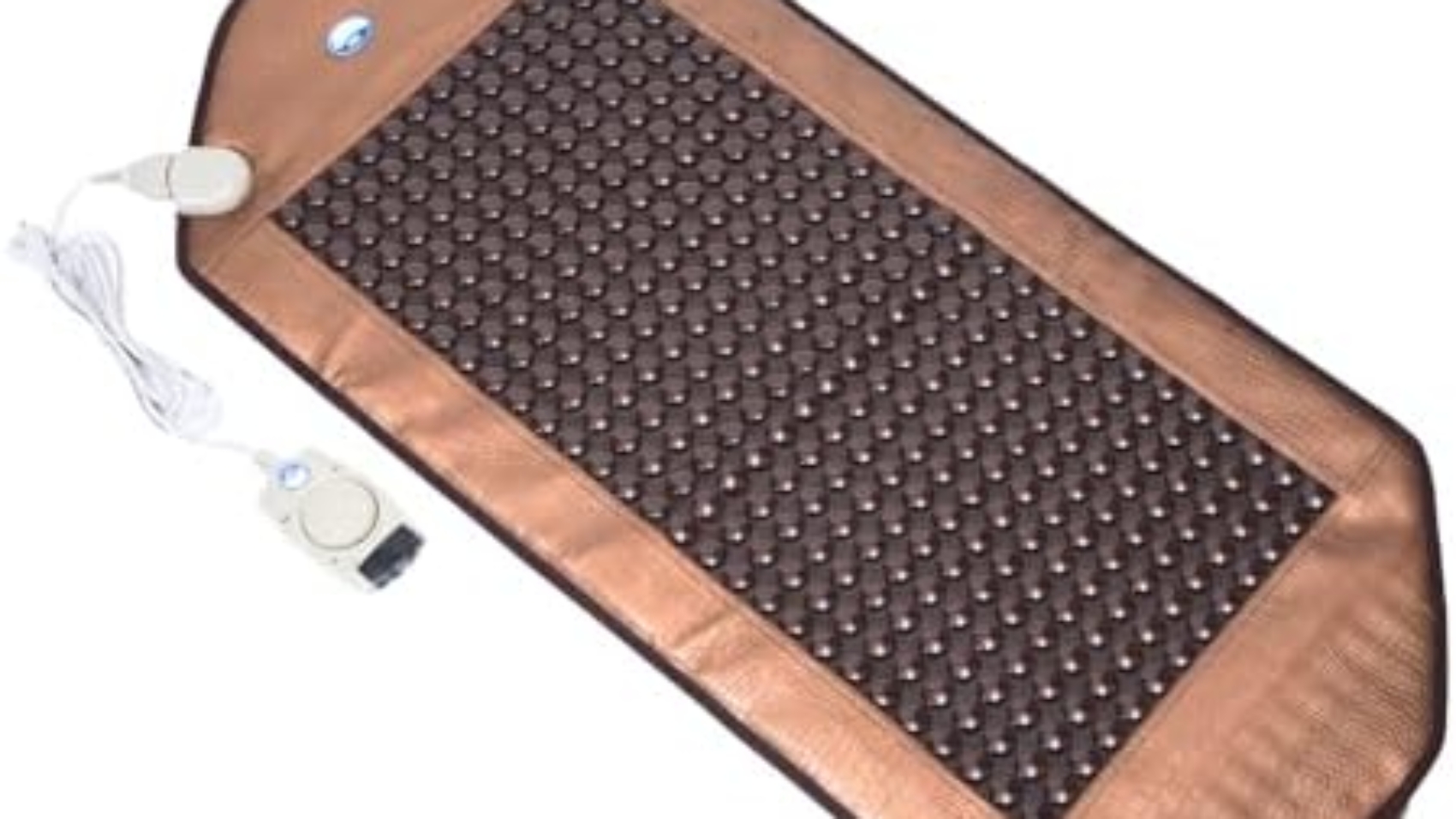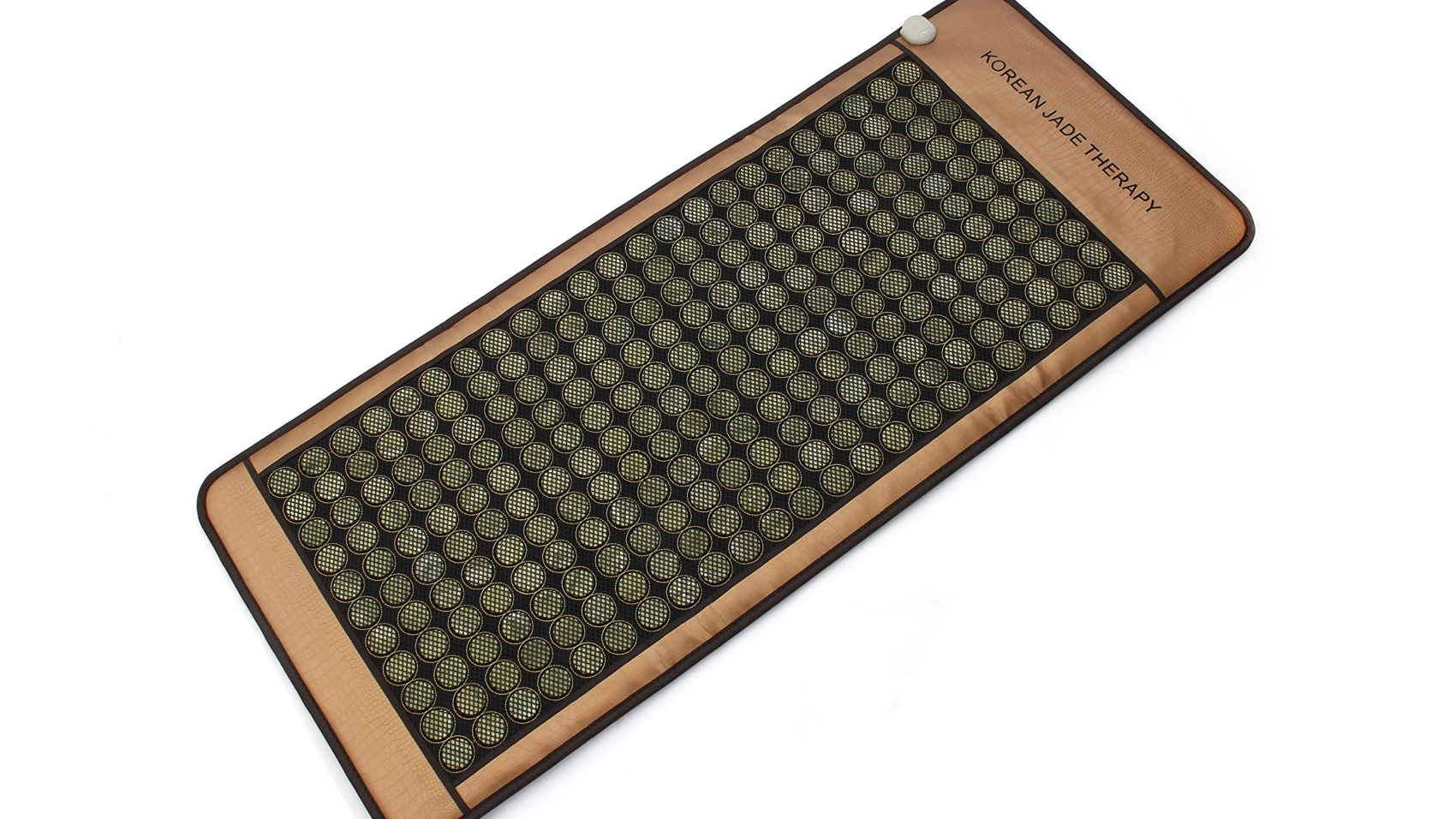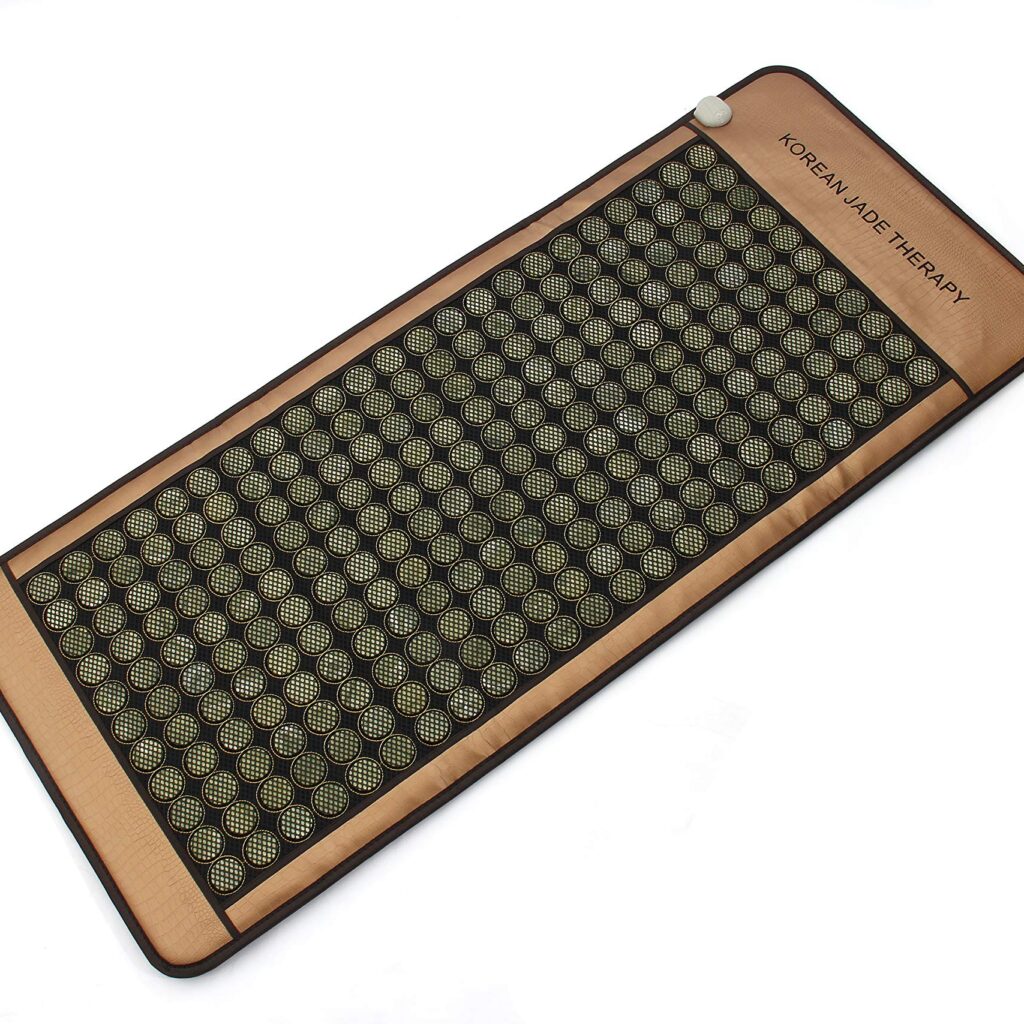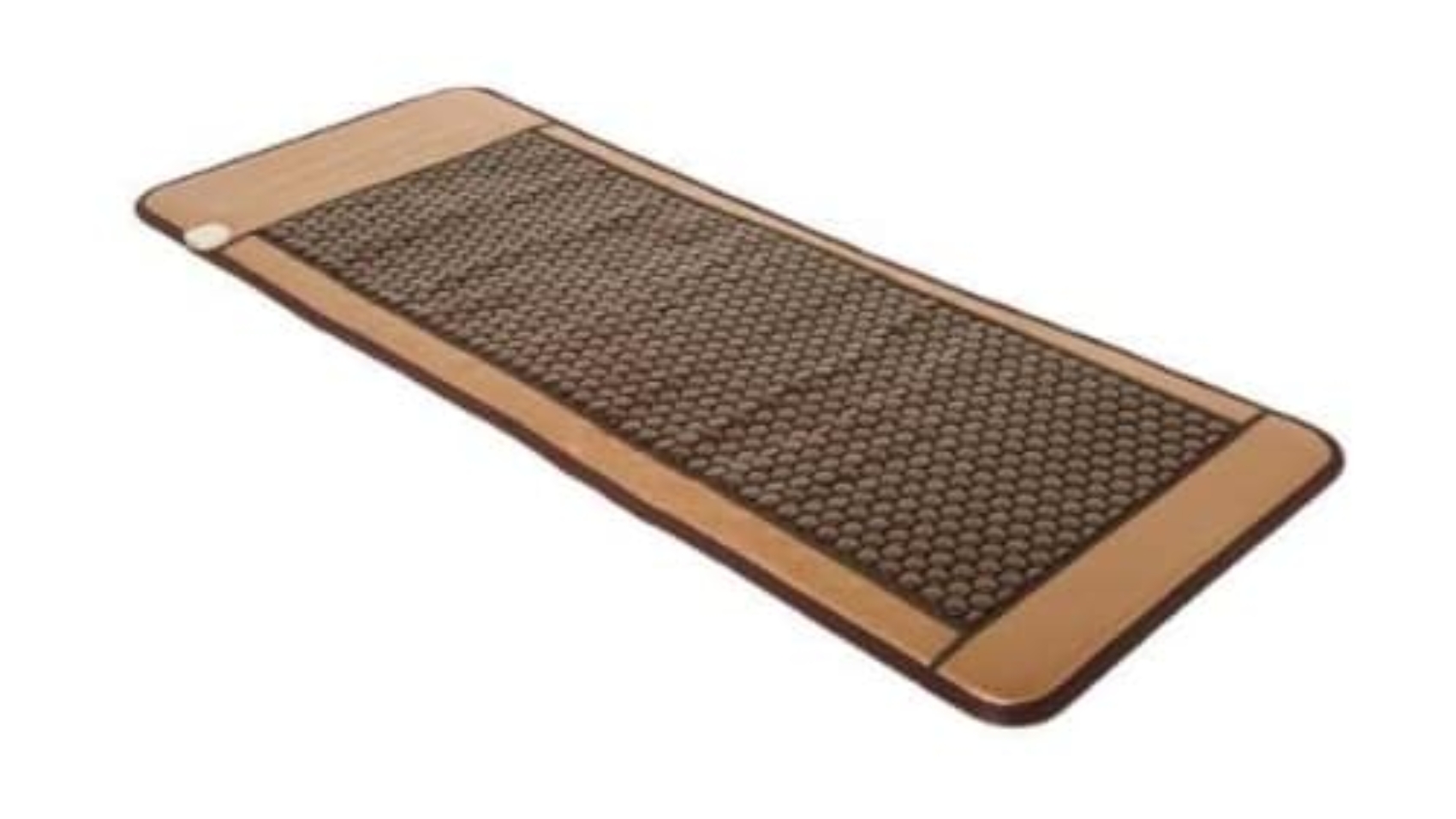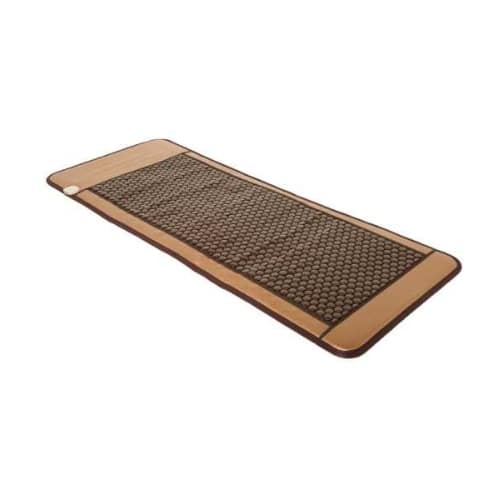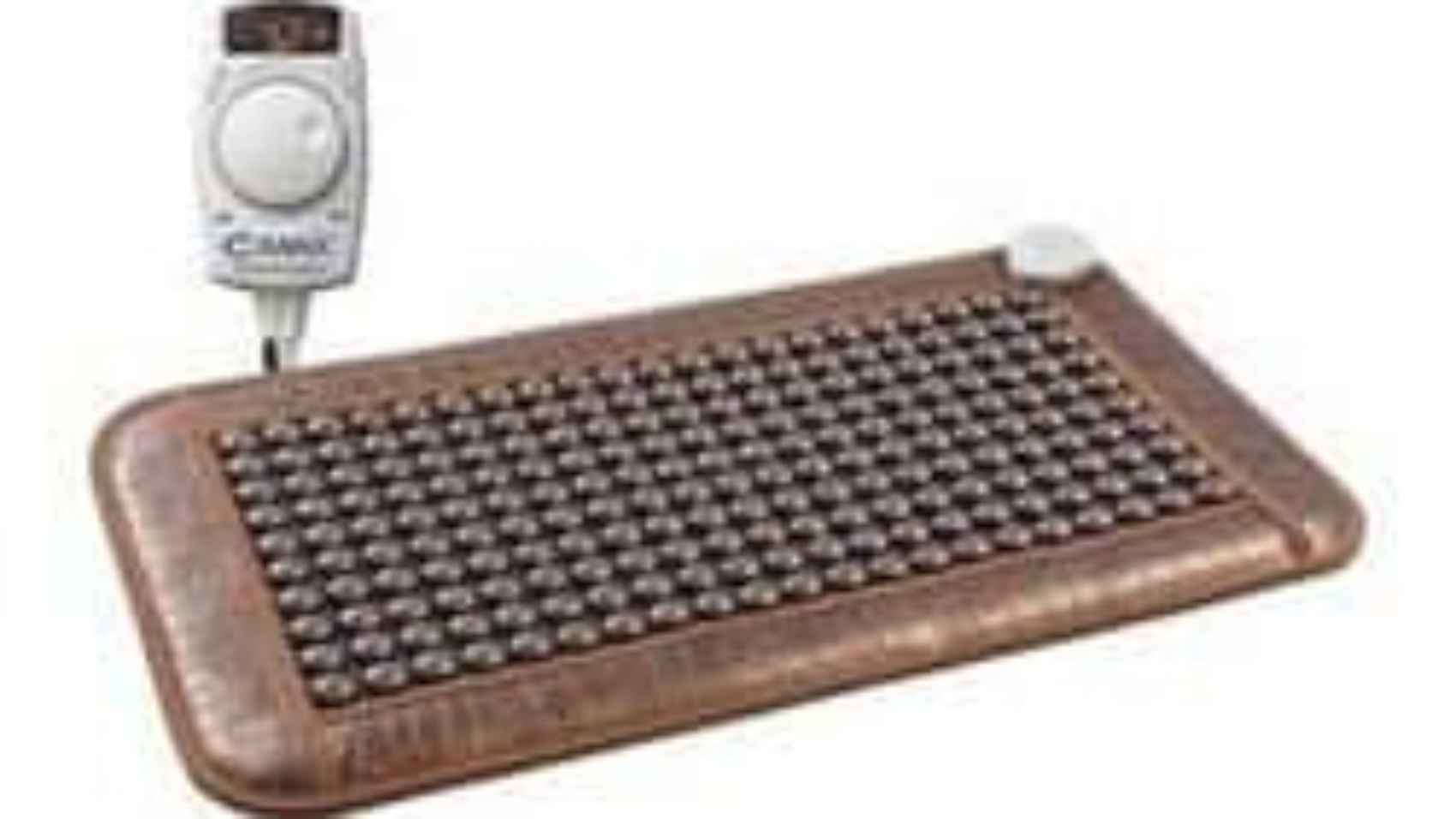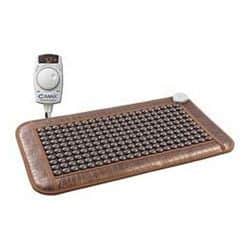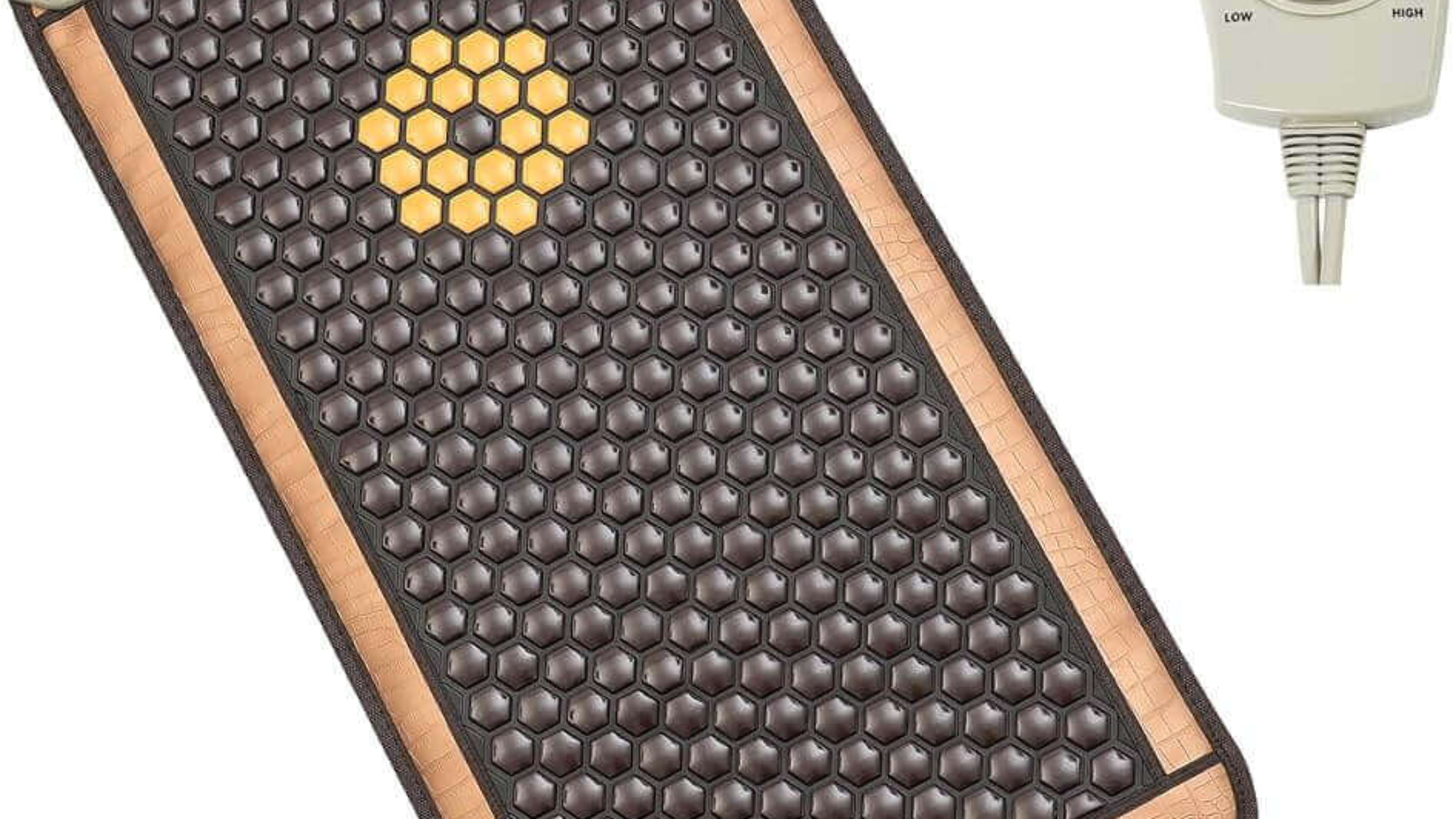While being pregnant is an amazing experience full of joy and expectation, it also presents a unique set of difficulties, especially when sleeping through the night. The FIR therapeutic pad is one remedy that is becoming increasingly well-liked among pregnant women. In this post, we will examine the reasons behind the FIR therapeutic pad’s reputation as the greatest option for expectant mothers, emphasizing the mattress’s special qualities, advantages, and potential to make pregnancy more comfortable and healthy.
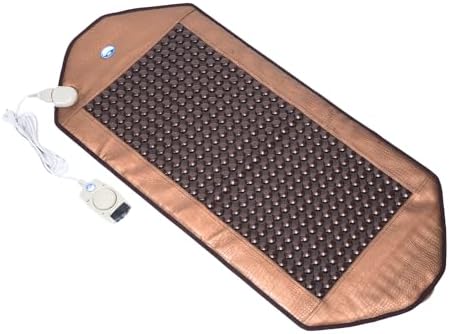
Introduction to FIR Therapeutic Pad for Pregnant Women
A woman’s life is transformed during pregnancy, bringing with it both joys and problems. A major problem for expectant mothers is figuring out a suitable sleeping posture and managing the aches and pains that come with it. In this situation, the FIR therapeutic pad steps in to provide a solution that claims to offer better comfort and support. However, what is a FIR therapeutic pad exactly, and why is it recommended as the ideal option for expectant mothers? Let’s examine the specifics.
What is an FIR Therapeutic Pad?
A mattress that uses far infrared technology to offer therapeutic benefits is known as a FIR therapeutic pad, or Far Infrared Radiation mattress. Although far infrared radiation is undetectable to the human eye, it can enter the body deeply and produce a warming sensation that aids in relaxation, pain relief, and improved circulation. These mattresses are a great option for anyone trying to improve the quality of their sleep, especially pregnant women because they are made to offer the best possible support and comfort.
Knowing How to Use Far-Infrared Technology
Materials that emit far infrared rays, a kind of electromagnetic radiation, are used in far infrared technology. Far infrared photons are good for the human body, whereas UV radiation can cause skin harm. Deeply penetrating the skin, muscles, and tissues, they promote many health advantages. Because FIR technology can induce healing and relaxation, it has been included in some therapeutic devices, including heating pads and saunas.
How a FIR Therapeutic Pad Is Made
A standard FIR therapeutic pad is made up of several layers, each of which is intended to provide comfort and therapeutic advantages. These strata frequently consist of:
- Comfort Layer: This uppermost layer offers a smooth and cozy sleeping surface and is often composed of latex or memory foam.
- FIR Layer: The FIR layer, which is the most important part of the mattress, is made of materials that emit far infrared light, such as carbon fibers or ceramic. The therapeutic effects of the mattress are attributed to this layer.
- Support Layer: An innerspring coil or high-density foam-based support layer sits beneath the FIR layer. This layer gives the body the support it needs to maintain healthy spinal alignment.
- Base Layer: The mattress’s bottom layer keeps its structure and form over time by giving it stability and longevity.
Benefits of FIR Therapeutic Pad for Pregnant Women
Pregnant women can benefit greatly from the breadth of features that the FIR therapeutic pad offers. Here are a few of the main advantages:
Enhanced Circulation of Blood
The increased pressure on blood arteries during pregnancy might cause sluggish blood circulation. A FIR therapeutic pad’s far-infrared radiation helps to increase blood circulation, which makes sure that the mother and the unborn child effectively receive oxygen and nutrients.
Having better circulation is essential during pregnancy because it lowers the chance of developing diseases like deep vein thrombosis (DVT) and varicose veins. FIR therapeutic pads can also aid in reducing the weariness and heaviness that many pregnant women feel in their legs by improving blood flow.
Pain Management
Aches and pains are common throughout pregnancy, especially in the legs, hips, and back. The FIR therapeutic pad’s soft warmth relieves achy muscles and joints and offers much-needed pain relief.
The far-infrared radiation’s warming impact aids in reducing stiffness and relaxing muscles. Because of their increased weight and altered posture, pregnant women are more likely to suffer from lower back pain, thus this can be very helpful. Pregnant women can sleep more peacefully and require fewer painkillers when using an FIR therapeutic pad to relieve pain and discomfort.
Improved Quality of Sleep
While pregnant, getting enough good sleep is essential, but it can be challenging. With its exceptional support and comfort, the FIR Heating Mat makes it easier for expectant mothers to choose a comfortable sleeping position and get a full night’s rest.
Pregnant women frequently experience sleep difficulties, including insomnia, frequent awakenings, and trouble finding a comfortable position. A FIR mat’s comfort and support can assist in mitigating these problems and encourage deeper, more restful sleep. Higher levels of energy, a happier mood, and general well-being can result from higher-quality sleep.
Diminished Edema
Edema, or swelling, is a frequent problem during pregnancy, especially in the feet and legs. The FIR Mat’s increased circulation can aid in reducing swelling and relieving the painful condition.
When too much fluid builds up in the body’s tissues, swelling happens. Reduced fluid retention and swelling can be achieved with FIR mats by improving blood flow and encouraging improved lymphatic drainage. Comfort can be greatly improved by this, especially in the later stages of pregnancy.
Reduction of Stress
It’s important to find strategies to de-stress because pregnancy can be a difficult time. A FIR therapeutic pad’s calming warmth and comfort aid in fostering relaxation and lowering stress levels.
Pregnancy is often accompanied by stress and anxiety, which can be harmful to the mother as well as the unborn child. Far-infrared radiation has a relaxing impact that can aid in lowering stress hormones and encouraging relaxation. This may result in a more satisfying pregnancy experience, greater sleep, and an elevated mood.
Functions of FIR Therapeutic Pad
Far infrared technology is included in the design of FIR mats. Materials that emit far infrared radiation, such as certain ceramics and fibers, are used in this technique. Since these materials are frequently incorporated into the layers of the mattress, the far-infrared rays can enter the body deeply. The end effect is a soft, comforting warmth with therapeutic advantages such as increased relaxation, pain alleviation, and circulation.
The Far-Infrared Ray Mechanism
Electromagnetic radiation that has wavelengths longer than visible light but shorter than microwaves is known as far infrared radiation. These rays warm the body by penetrating deeply into the tissues when absorbed by the body. This heat facilitates the dilation of blood vessels, circulation, and the transportation of nutrients and oxygen to the cells.
Interaction with the Human Body
Far infrared radiation from a FIR therapeutic pad permeates your skin and reaches the tissues beneath it when you lie down. This thorough penetration facilitates:
- Boost Blood Flow: The heat from the FIR rays causes blood vessels to dilate, which enhances blood flow and makes sure that nutrients and oxygen reach the body’s cells effectively.
- Pain and Stiffness Relief: The comforting warmth eases aches and pains by relaxing muscles and reducing stiffness.
- Encourage Relaxation: The relaxing effects of the FIR rays contribute to stress reduction and relaxation, which improves sleep quality and general well-being.
Benefits for Expectant Mothers
Pregnant ladies can benefit greatly from FIR Heating Mats because of their healing qualities. Many of the usual discomforts associated with pregnancy can be alleviated by FIR mats through the promotion of relaxation, pain relief, and improved circulation. This may result in a better night’s sleep, which is crucial for the mother and the child.
Choosing the Right FIR Therapeutic Pad
There are a few things to take into account when selecting the best FIR therapeutic pad for pregnancy:
Firmness
Selecting a mattress with the ideal amount of firmness is crucial. While a mattress that is too firm can be uncomfortable, one that is too soft can not offer enough support. Seek an FIR Heating Mat that provides just the right amount of comfort and support.
Striking the Correct Balance
The body’s weight distribution changes during pregnancy, which might increase pressure in particular places, like the hips and lower back. An overly soft mattress may not offer enough support, which can cause pain and discomfort. Conversely, a too-firm mattress may be overly inflexible and painful.
Seek a medium-firm sensation in your FIR heating mat. This ensures that the body is correctly oriented and allows for some cushioning to relieve pressure spots, all while providing a combination of comfort and support.
Material
The comfort and longevity of the mattress may be impacted by the materials utilized in its manufacture. Seek a FIR Heating Mat constructed with premium components for long-lasting comfort.
Materials Types
Typical components of FIR therapeutic pads include:
- Memory Foam: Memory foam is a common material for FIR mats because it offers superior pressure relief and contouring. As it fits the contours of the body, it offers customized comfort and support.
- Latex: This natural material provides good durability and support. It is an excellent option for people with allergies because it is also hypoallergenic and dust-mite resistant.
- Innerspring: Coils are used in innerspring mattresses to give support. They can offer decent support and breathability, although they might not be as contoured as latex or memory foam.
Dimensions
Make sure the FIR therapeutic pad you select fits your bed frame and has adequate room for a restful night’s sleep. You may need more room to achieve a comfortable sleeping posture during pregnancy.
Taking Space Requirements into Account
For comfortable sleeping postures during pregnancy, extra space is frequently needed, especially as the belly expands. A queen or king-sized mattress can offer the extra room needed for a restful night’s sleep.
Certifications
Seek certificates that attest to the mattress’s quality and safety testing. You may feel secure knowing that the FIR Heating Mat complies with strict safety regulations and is free of dangerous chemicals thanks to certifications like OEKO-TEX Standard 100 and CertiPUR-US.
Comprehending Certifications
A mattress’s certification can serve as proof that it has undergone quality and safety testing. Typical certifications consist of:
- CertiPUR-US: This certification shows that no hazardous chemicals, including formaldehyde, heavy metals, or phthalates, were utilized in the production of the foam used in the mattress. Low VOC (volatile organic compound) emissions are also guaranteed for indoor air quality.
- OEKO-TEX Standard 100: The OEKO-TEX Standard 100 certification guarantees that the materials used in mattresses have undergone safety testing and are suitable for human use.
Comparing FIR and Traditional Mattresses
There are some significant distinctions between a FIR Heating Mat and conventional mattresses to take into account.
Therapeutic Advantages
While they are comfortable and supportive, traditional mattresses do not offer the same therapeutic benefits as an FIR Heating Mattress. FIR therapeutic pads use far infrared technology, which offers extra health advantages like better circulation and pain reduction.
Conventional Mattresses
Conventional mattresses, like memory foam or innerspring, offer minimal comfort and support for sleeping. They do not, however, have the extra therapeutic advantages that FIR therapeutic pads provide. Conventional mattresses could be comfortable and supportive enough, but they don’t address some health issues like pain management or poor circulation.
Assistance and Coziness
Although conventional mattresses are capable of offering comfort and support, the FIR Heating Mattress surpasses these advantages by utilizing far-infrared technology. Because of this, it’s a better option for expectant mothers who require both therapeutic relief and support.
Improved Assistance
Because of their multi-layered composition, which incorporates components like memory foam, latex, and innerspring coils, FIR heating mats offer improved support. Improved circulation and pain alleviation are two more therapeutic advantages of adding the FIR layer.
Long-Term Health Advantages
Compared to conventional mattresses, the FIR Heating Mattress is a more worthwhile investment because of its therapeutic advantages, which can support long-term health and well-being.
Investing in Medical Care
Long-term health benefits can be obtained from purchasing an FIR heating mat, especially for expectant mothers. The benefits of FIR technology include enhanced circulation, reduced discomfort, and relaxation, all of which can enhance general comfort and well-being before, during, and after pregnancy.
Advantages of FIR Therapeutic Pad for Health
The FIR Heating Mat is a great option for expectant mothers because it provides several health advantages.
Enhanced Circulation of Blood
By enhancing blood circulation, the FIR Mat’s far-infrared rays guarantee that nutrients and oxygen reach the body’s cells effectively. This can be especially helpful during pregnancy, as there may be changes in circulation.
Optimized Delivery of Oxygen
Enhanced blood circulation guarantees the effective delivery of oxygen and nutrients to the body’s cells, hence enhancing general health and welfare. This can be especially crucial during pregnancy since the developing fetus needs enough oxygen and nutrients to grow.
Pain Management
To relieve aches and pains, the FIR Mat’s mild warmth helps to relax tense muscles and joints. Pregnant women who frequently have lower back pain and other discomforts may find this especially helpful.
Relieving Typical Pregnancy Pains
The FIR radiation‘ warming impact relieves common pregnant aches and pains by reducing stiffness and relaxing muscles. Comfort can be greatly improved by this, especially in the later stages of pregnancy.
Diminished Swelling
The FIR Heating Mattress’s enhanced circulation can aid in lowering edema or swelling, in the feet and legs. This can enhance general comfort and relieve the discomfort caused by edema.
Reduction in Swelling
Edema, or swelling, is a frequent problem during pregnancy, especially in the feet and legs. This painful condition can be relieved by the FIR Heating Mattress’s enhanced circulation, which can help to reduce fluid retention and reduce swelling.
Reduction of Stress
The FIR Heating Mattress’s calming warmth and comfort aid in fostering relaxation and lowering stress levels. Better sleep and general well-being during pregnancy may result from this.
Encouraging Calm
FIR rays have a relaxing impact that can aid in lowering stress hormones and encouraging relaxation. This may result in a more satisfying pregnancy experience, greater sleep, and an elevated mood.
Advice for Caring for Your FIR Therapeutic Pad
Use these upkeep suggestions to make sure your FIR Heating Mat stays in good shape and keeps offering therapeutic benefits:
Frequent Cleaning
Vacuum your FIR therapeutic pad frequently to keep dust and debris out of it. To avoid spills and stains, use a mattress protector.
Employing a Mattress Guard
You can maintain your FIR heating mat stain- and spill-free by using a mattress protector. For simple upkeep, look for a protector that can be machine-washed and is breathable.
Flipping and Rotating
To guarantee uniform wear, rotate your FIR heating mattress frequently. Flip the mattress every few months if it is intended to be done so.
Making Sure Everything Wears Even
Your FIR heating mat’s lifespan can be extended and even wear can be ensured by rotating and flipping it. Refer to the manufacturer’s instructions for flipping and rotating.
Following Manufacturer’s Instructions
Observe the maintenance and cleaning guidelines provided by the manufacturer. This could involve instructions on how to use, rotate, and clean the mattress.
Following the Guidelines
The instructions provided by the manufacturer might offer important advice on how to take care of your FIR heating mat. Following these recommendations can assist in guaranteeing that your mattress keeps its therapeutic effects and stays in good shape.
Conclusion
Pregnant ladies can experience vastly improved comfort and well-being with a FIR Heating Mat. It treats many of the usual discomforts linked with pregnancy by providing therapeutic benefits such as increased relaxation, pain alleviation, and improved circulation. Purchasing an FIR Therapeutic Pad is an investment in improved health, restful sleep, and a more enjoyable pregnancy experience. Consider switching to a FIR Heating Mat if you’re expecting to see the advantages for yourself.
